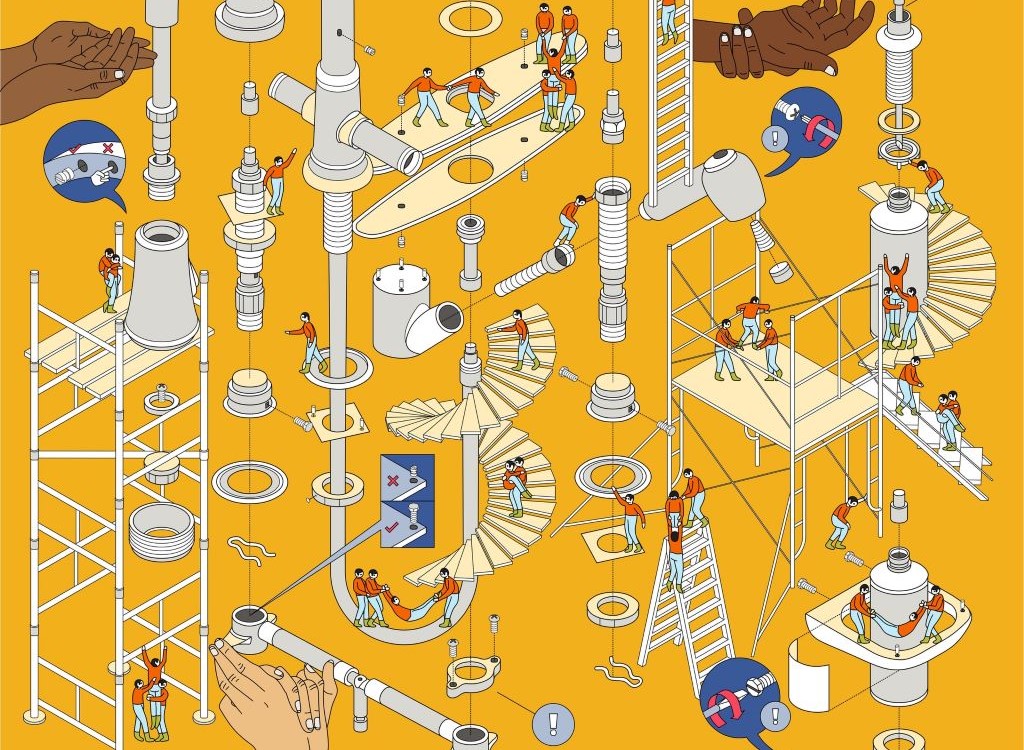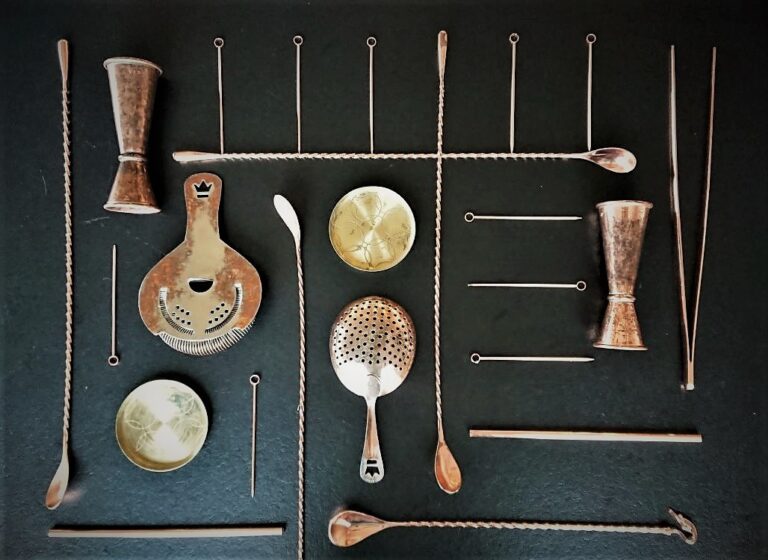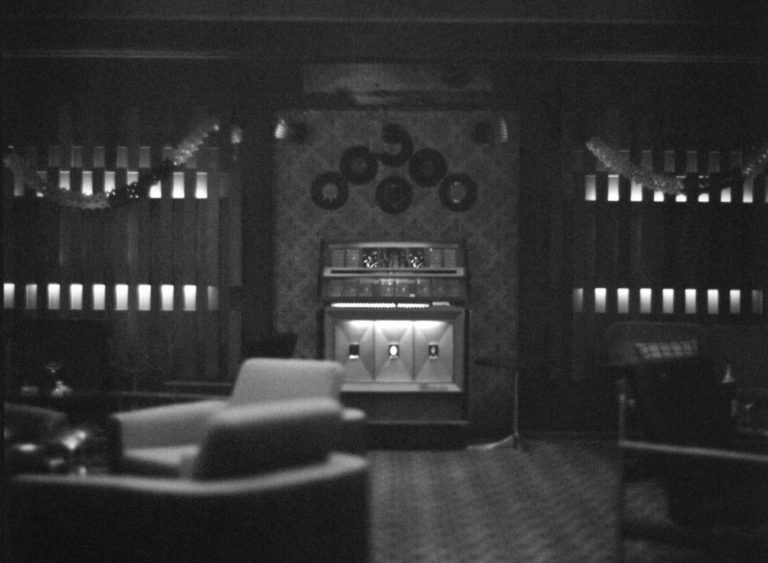As restrictions slowly loosen around the country, it’s only a matter of time before bars and pubs get the green light. Your favorite gastropub or cocktail bar with sexy small plates is surely starting to look at what it will take to open their doors and welcome back the public.
This pandemic is unprecedented and has wreaked havoc on the restaurant and hospitality industry with thousands of businesses closing their doors for good. The few that survive and thrive in this new world will have to think creatively and create systems and protocols that ensure the safety of their staff and guests. Furthermore, many establishments will need to completely revamp their current offerings, and look at how they deliver service.
Without centralized national guidance during these troubling times it’s up to us to decide what responsible practices are and hold each other accountable. Industry leaders are working hard collaborating on best practices and some exemplary businesses have released their plans to the public. Black Sheep restaurant group in Hong Kong has done just that and their playbook has been downloaded thousands of times and translated into several languages. ServSafe, largely considered the national standard for food safety certification just released their COVID-19 reopening training.
It’s clear some major changes need to happen but no one can say for sure exactly what they are. Innovation often springs from tragedy and change is almost always a good thing. One thing is clear—our previous model broke far too easily and if anything this pandemic has awarded us the opportunity to take a step back, reevaluate our business, and dive back in with a fresh perspective.

Our Current Situation
Bartenders and hospitality professionals tend to be resilient and adaptable as evidenced by the creative innovations that have surfaced to keep businesses afloat and bills paid. From the manufacture of cocktail kits and fully built cocktails, to strippers delivering meals, the service industry has found ways to make the best out of a bad situation.
Michelin guide restaurants like Alinea in Chicago, and Thomas Keller’s Ad Hoc & Addendum in Yountville, have found creative ways to serve their world class meals in a way that preserves the culinary experience and brings it into your home. In many states, cocktail bars are embracing the ability to serve to-go cocktails or cocktail kits. Of course this is only feasible for cocktail bars whose libations are in high demand. What about your local tavern where you go for a beer and a shot? For places like that, it’s more difficult because, let’s face it, these places sell an experience more than a product. These are also the bars that will have the hardest time in the uncertain world ahead. We don’t know when people will feel comfortable around strangers again, but what we do know is humans are social creatures.
What We Want to See
It’s clear the general public is divided about the risks involved with reopening bars. As seen in Wisconsin, some people flocked to the bars the moment they opened their doors, but many others condemned them for doing so. Only time will tell the consequences from this experiment, but if recent history tells us anything it’s that recklessly opening bars now will result in increased transmission of COVID-19.
While some are willing and ready to head down to their local pub with no additional precautions in place, it seems most of the population would like to see things like staff wearing masks, constant hand washing, visible sanitizing products, and scheduled disinfecting of prep areas. Additionally, Black Sheep recommends an external agency deep sanitization every ten days and banning physical contact. I wouldn’t be surprised if we saw more bars using tools like tweezers to handle garnishes and ice tongs for large cubes. “Being clean is part of hospitality.” says Dylan Seo, Beverage Director for The Sixth in Chicago. “It’s what keeps people coming back and makes them feel comfortable.”
Ramiro Gonzalez, a Manager at Chicago’s Three Dots and a Dash, says they are considering implementing practices such as taking temperatures at the door, cutting the capacity in half, and switching to a reservation only policy. One of the main draws to Three Dots and a Dash is their large format cocktails that are meant to be shared. In order to continue offering the elaborate tiki drinks, it was clear they had to change the presentation. Gonzalez says, “We’re coming up with vessels that fit inside our (large format presentations) that will allow everyone to have their own portion of that drink.” Creative solutions like this may help us recapture a hint of normalcy while continuing to be socially responsible.
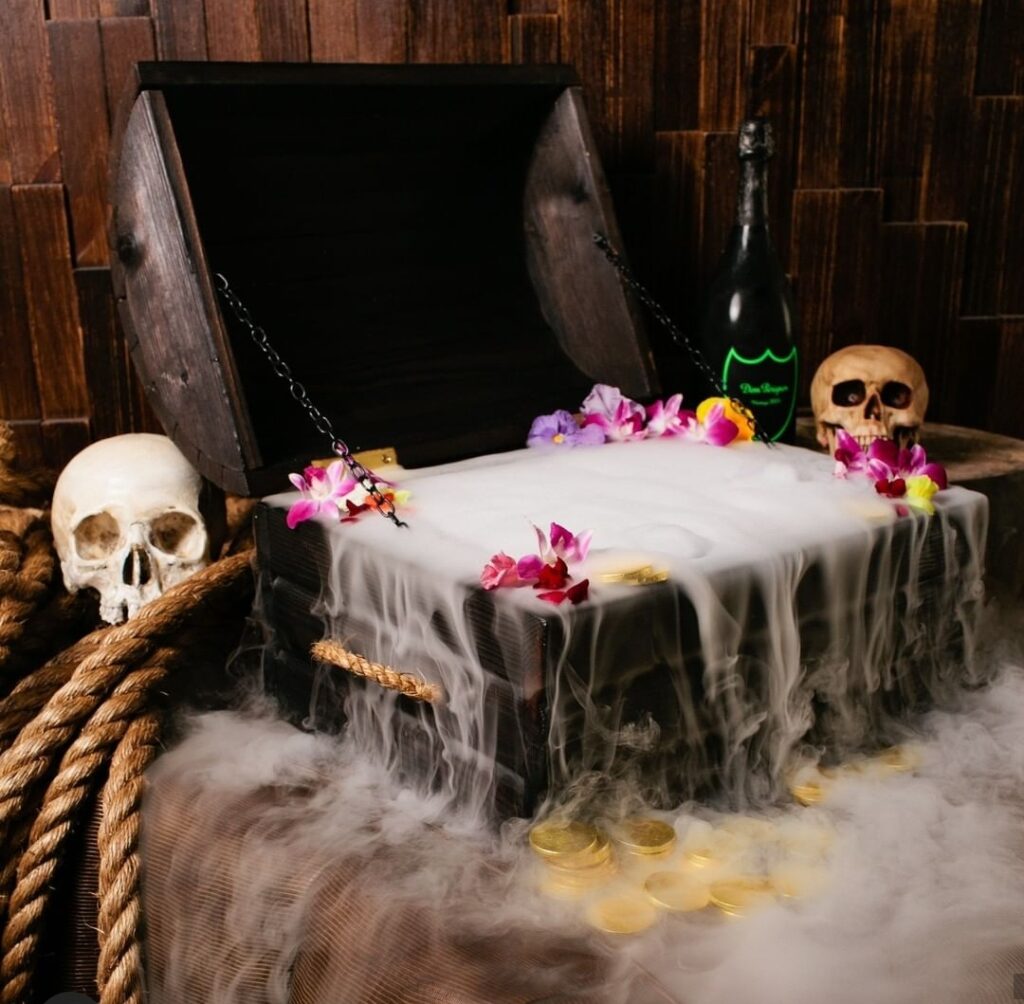
The Treasure Chest from Chicago's 3 Dots and a Dash - one of several large format coctails they are adapting to a new sharing style
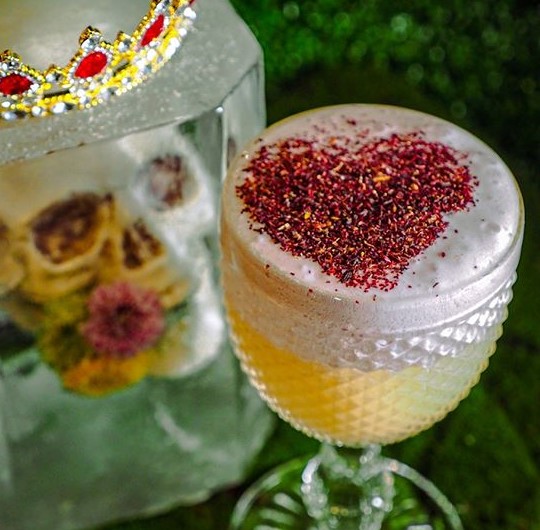
A cocktail by Dylan Seo for the wildly popular Princess Bride Pop Up at The Sixth - Photo credit:
Bar Owners
Among all the owners I spoke with, one thing is very clear; in order to have a chance of survival in the post COVID world, rent will have to be re-negotiated. The current model is no longer sustainable. In the past, most rents for a commercial bar or restaurant were calculated on the estimated profit per square foot. This number has been drastically reduced. The fact is that none of us knows exactly what that number will be. The obvious solution would be to base rent off of gross profits until things stabilize.
Jasper’s, in Sebastopol, CA, is a neighborhood tavern, but they rely on live shows and events to pack the bar. With the new social distancing requirements in place, it’s uncertain if or when they will be able to reach capacity. The owner Damian Clopton says, “I can’t reopen my bar unless I get a renegotiation of my lease, basing the rent amount of a percentage of gross (profit) because we don’t know what the square footage value is anymore.” This is a sentiment echoed throughout the industry. The capacity is the business model. If the capacity changes, the model has to change with it. Will this mean the end of the small plate movement? Or drastically reduced menu options? The shift away from shared meals and back to single-diner entrees seems inevitable.
Owners also have liabilities that didn’t exist before. They are responsible to provide their guests, and more importantly their staff as safe an environment as possible. Scheduling staff so shifts don’t overlap and scheduling roommates and others living together on the same shifts might be a good idea. It’s going to be important to keep constant contact with suppliers and lenders and communicate regularly with staff. All finances will have to be monitored much more closely and all non-essential expenses must be eliminated. There are going to be hard times ahead and my fear is many more restaurants will close, as hundreds already have. Those that remain will have to aggressively re-concept and continuously adapt to this ever changing landscape if they want to survive.
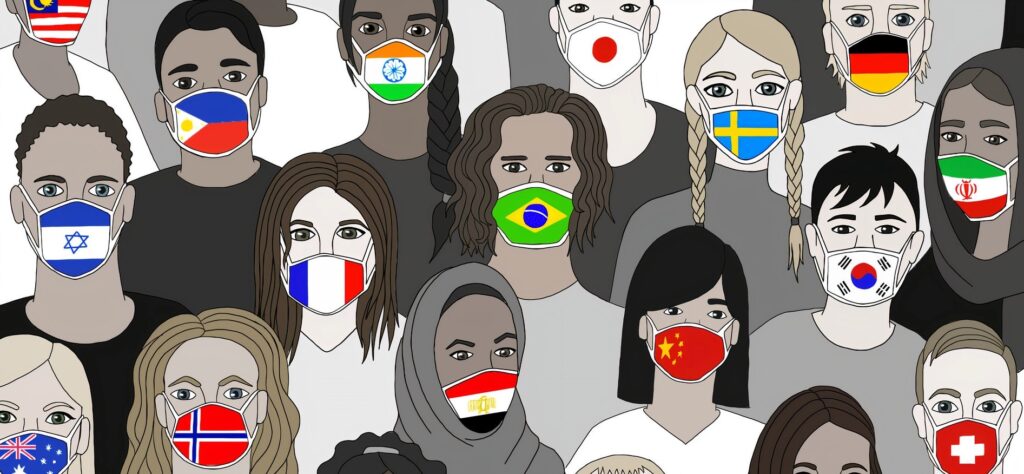
Other Countries
As we begin to think about loosening restrictions nationwide it’s important we learn from other countries successes and mistakes. We are fortunate that other countries have begun loosening restrictions and by copying what worked and avoiding what didn’t, we can easily understand best practices and how to avoid a relapse. Unfortunately, it seems Americans are reluctant to follow the progress of countries like South Korea who have successfully flattened the curve, and without ever imposing a stay at home order.
In the absence of competent leadership, the United States has struggled to flatten the curve. We are far behind in testing and have yet to implement a tracking or notification system which, while somewhat controversial here, has proven to be instrumental in controlling the spread of this deadly disease in other nations. Google and Apple have teamed up to create a cross platform app but the government has yet to adopt it.
Proper tracking, along with syndromic surveillance, have been the best tools implemented by recovering countries. By tracking outbreaks and immediately notifying anyone that had been near a cluster, it allows possible cases to be quarantined before they spread the disease. It’s important tactics such as these that should be a part of the conversation as we talk about opening our bars and restaurants. If individuals that have been potentially exposed to COVID-19 can be quickly identified and notified it would give many of us in the hospitality industry a real advantage when it comes to keeping our places of business safe for our guests and staff. Whether or not we see this technology come to light depends on the actions and competence of our government and, historically speaking, this administration has handled this pandemic poorly and I don’t expect that to change.

Flora Fauna in Chicago. Used with permisson from Jeff Marini and Chicago Magazine
“What will it look like? WHO KNOWS!”
-Liz Pearce
Possible Scenarios
“What will it look like? WHO KNOWS!” says Liz Pearce, owner of Chicago’s Flora Fauna. “We have been over every scenario good and bad; is everyone going to come rushing in? Are people going to be too scared to come out? Will our menus and service style change? Will we have to reduce occupancy to 50% or lower? Are we even going to be able to afford to reopen, to order all that food and pay prep cooks to get it rolling?”
Right now the only certainty is uncertainty. This is an unprecedented scenario and industry leaders are scrambling as fast as they can to come up with models that might succeed in this new world. Right now the best thing to do is keep the conversation going. The playbook released by Black Sheep is the best model we have to date, but they admit it’s a work in progress. Best case scenario is we get a vaccine and everyone goes back to business as usual. All signs point to a vaccine being at least 12 months out which means we are going to have to go all summer without a concert, or club, or packed bar. Social distancing and masks will continue to be the thing. Menus will be pared way down in order to decrease overhead. Fresh ingredients—anything that can spoil—will be kept at a minimum. Now, unfortunately, while some big guys won’t have to make these sacrifices, the family owned bars and restaurants that suffer the most, will.
Take, for example Grubhub and other popular delivery apps. These parasitic companies pray off the bottom line in exchange for the promise of exposure to a broad audience. Not only is this rarely a benefit, but many small and medium sized restaurants can’t afford this hit to their already slim margins. According to Pearce, “Delivery apps are not for us, the 30% cut they take doesn’t work for our model, we wouldn’t be able to make any money. I think they’re great as a consumer, bringing a lot of options we otherwise wouldn’t have, but for small business owners I just don’t think it works.”
With reduced capacity it will be more important than ever guests show up for their reservations. If your business is doing 50 covers a night when it used to do 100, every body counts. Some are turning to a prepaid reservation system called Tock. Data shows us that if a guest prepays for a reservation, they are much more likely to show up. Even if they don’t, at least the establishment isn’t at a total loss. “How many people you can fit in a space is your entire business model,” says Spencer Elliot of Bounce Sporting Club in New York. “That number is everything. If you change that number, you have to change your business model.”
Looking Ahead
What we do know for sure is it will be some time before things return to normal, and it will be a new normal. It’s hard to say when we will see concerts and nightclubs open again. I hate to think our future holds Lysol foam parties and has us dancing a foot apart like we’re in junior high, but who knows. Bar owners and restaurateurs all over the planet are coming up with creative solutions and it will be the ones that stay vigilant that will survive. It’s important we maintain a dialogue about our successes and failures so we don’t repeat others’ mistakes and constantly look for ways to improve. It’s imperative for everyone involved that we act cooperatively so we can get back to work and continue to do the thing we all got into this business for—and that is to make people happy. We are in the business of hospitality and it’s in our blood to serve others. Right now, more than ever, we have the opportunity to create positive change in our industry. With the right tools and information we can beat COVID-19, and if we focus our efforts now, I am convinced that, together, we can build a better future.
Thanks to Google, Your Resume is No Longer Good Enough
Over the last 12 months it has been easier than ever to get a job....
Read MoreThe Last Time I Drove Drunk
It’s the impossible stories that frame our lives. Those utterly stupid, tragic, unpredictable events that...
Read MoreThe Dangers of Copper Barware
While unlikely to cause real harm, it’s important to be aware Back in 2014, I...
Read MoreIs Your Music Driving Away Business?
Music and lighting are the two most important factors in determining the ambiance of a...
Read More
